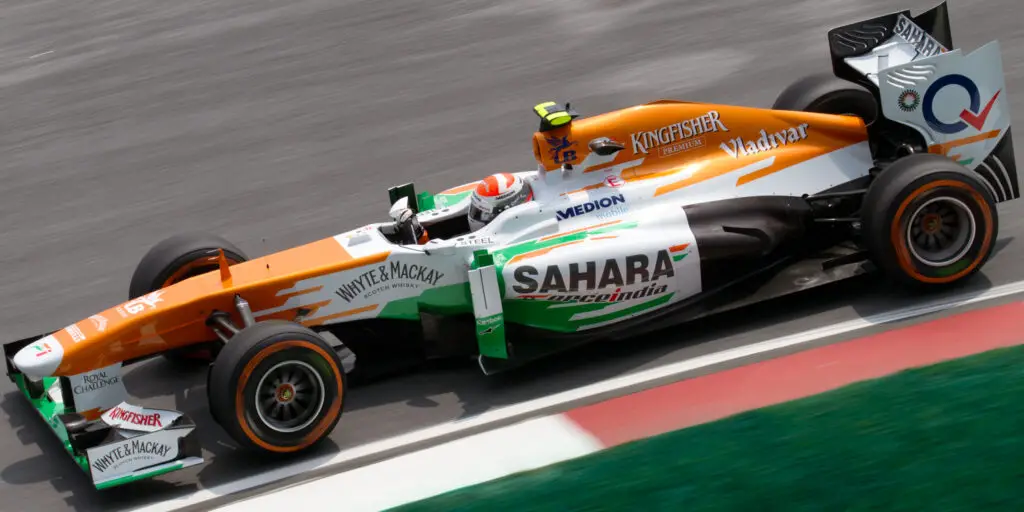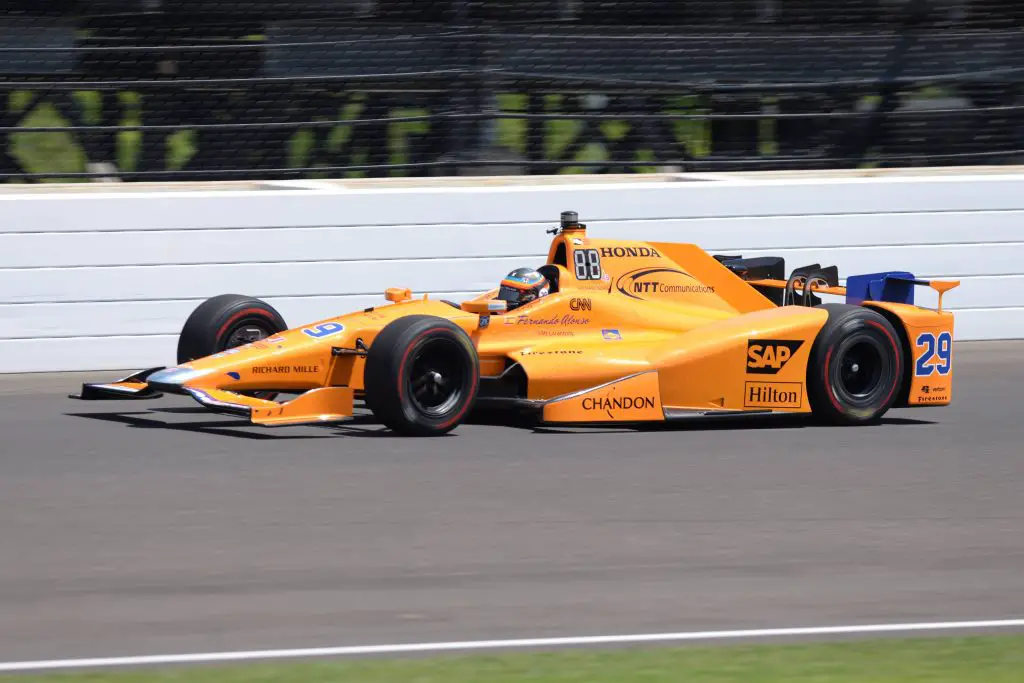Force India made its first appearance in F1 at the 2008 Australian Grand Prix and was renamed to Racing Point in 2019
Force India F1 team carved out a name for themselves in F1 with consistent results in the 2010s. The team achieved decent results during their tenure in F1. Their best outcome in the constructors’ championship was the 4th place finish in both the 2016 and 2017 seasons. Force India boasted of a strong grid of drivers including Sergio Perez, Esteban Ocon, Nico Hulkenberg, and Adrian Sutil. The team made its last appearance in F1 under the ‘Force India’ name in the 2018 Hungarian Grand Prix.

In 2018, the team-owner Vijay Mallya was accused of fraud and defaulting on loans. And could not afford to continue to run Force India. By July 2018, ahead of the Hungarian Grand Prix, the team announced that they had been put into administration by the High Court in London. The team’s assets were bought by a consortium of investors, named Racing Point UK. It was led by Lawrence Stroll, the father of the Williams driver Lance Stroll.
The consortium used the assets to create a new entry into the sport named Racing Point Force India. Force India which had been founded in 2008 ceased to exist before the 2019 Australian Grand Prix when the new team changed its constructor entry to “Racing Point”.
Which are some of the most popular teams that are no longer part of F1?
Let’s take a look at some of the popular F1 teams which are now defunct.
1. BMW Sauber (2006-2010)
After supplying engines to Brabham in the 1980s and running a close partnership with Williams, BMW finally launched a factory effort in 2006. The team achieved promising results in 2007 and ’08, with Robert Kubica winning the Canadian Grand Prix. However, the global recession took its toll, forcing BMW to withdraw its backing in 2009. Peter Sauber bought back the team, which continued to run under the BMW Sauber name in 2010. The present-day Alfa Romeo racing team has its roots in Sauber.

2. Jaguar (2000-2004)
Ford brought its iconic brand Jaguar into Formula 1 after the acquisition of Stewart Racing. The manufacturer had high hopes from the very onset, targeting a top-three result in the championship. However, Jaguar could never achieve the kind of results in F1 that its owners desired. With seventh place in 2003 being the best championship finish in its five-year history. Eventually, energy drinks giant Red Bull bought the team at the end of 2004, ending Jaguar’s involvement in motorsport.
3. Honda (1964-1968 and 2006-2008)
Honda returned to Formula 1 as a full-fledged manufacturer in 2006 with the purchase of BAR. They had previously competed briefly in the 1960s. After a promising first season, the team struggled to be competitive in 2007 and ’08. The advent of recession led to Honda exiting F1, one year before Toyota and BMW followed the same path.


